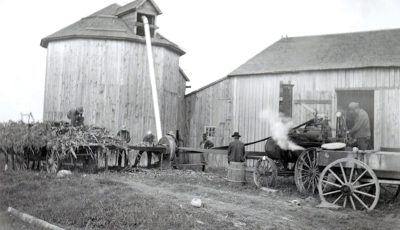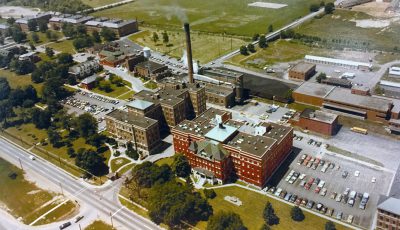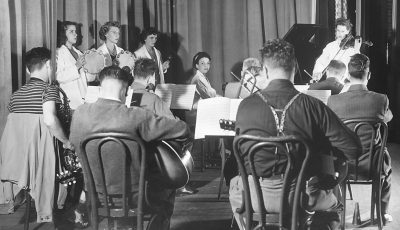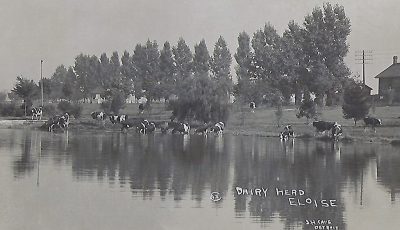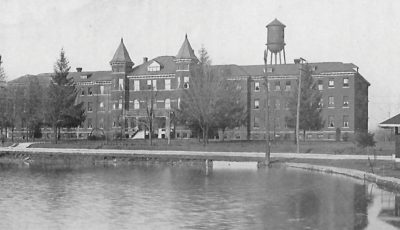The History of Eloise (part 1)
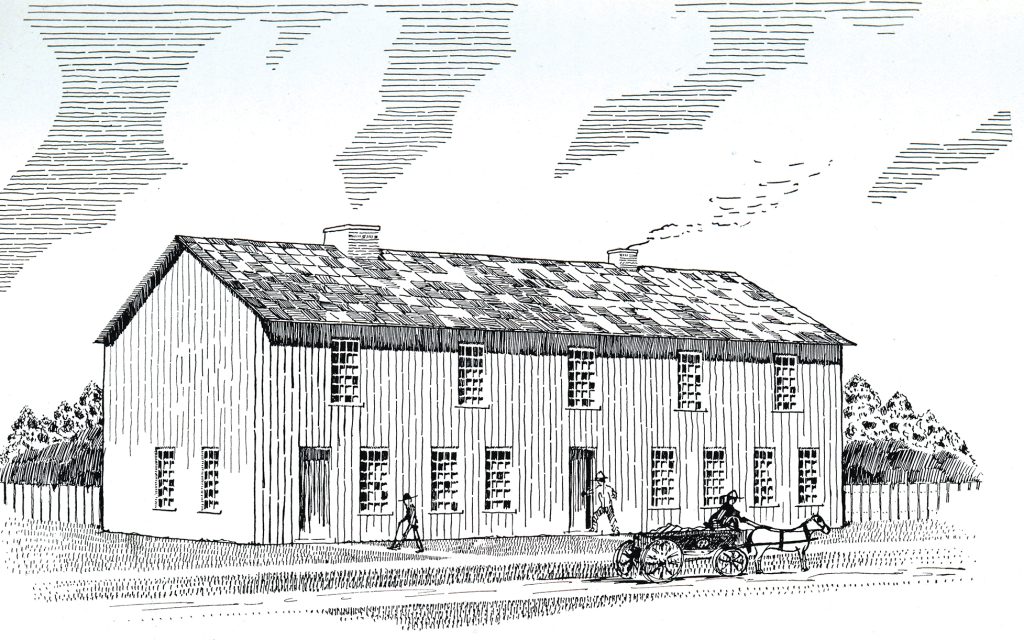
The Wayne County Poorhouse.
 This series will be a multi-part complete history of the Wayne County Poorhouse and Asylum, later known as Eloise. As early as 1805 Wayne County had laws on the books for the relief of the poor, but this did not amount to much more than a little bread to be given out here and there to the homeless.
This series will be a multi-part complete history of the Wayne County Poorhouse and Asylum, later known as Eloise. As early as 1805 Wayne County had laws on the books for the relief of the poor, but this did not amount to much more than a little bread to be given out here and there to the homeless.
Detroit had just 1,500 people and nobody ventured inland to settle until the 1820s. By the 1830s however the population had swelled to over 3,000 and the Erie Canal was bringing hundreds and later thousands of new settlers to the area. This also brought more poor, homeless, infirm and insane.
In 1832 the county authorized construction of the first “County House” at the Northwest corner of Mt. Elliott and Gratiot Avenues in Detroit. This modest wooden two story building was separated by sex, but only had a few rooms and no beds or carers. Everybody, the poor, homeless, insane, orphans, etc. slept in the same room and tried to coexist. By 1834 the place had become so dirty and rundown that the local catholic church, run by Martin Kundig, and some parishioners stepped in to clean the place up and give some level of care. He was appointed the first superintendent and did improve conditions slightly.
By the end of the decade plans were being made to move the county house to a different location in the county, as Detroit was quickly growing and the rural area the building was built in was quickly being encroached upon. Nankin Township was selected to be the new location, as it was centrally located within the county. In 1838 the county bought the Torbert farm from Samuel and Nancy Torbert for $800. This purchase came with 160 acres of land, a barn, some animals and equipment and the Black Horse Tavern, a log cabin stagecoach stop built in 1828. The county bought an additional 120 acres, creating a large area to be used as the county house saw fit. This location was bisected by the Rouge River, Chicago Road (Michigan Avenue) and the Michigan Central railroad, so proved to be a perfect spot.
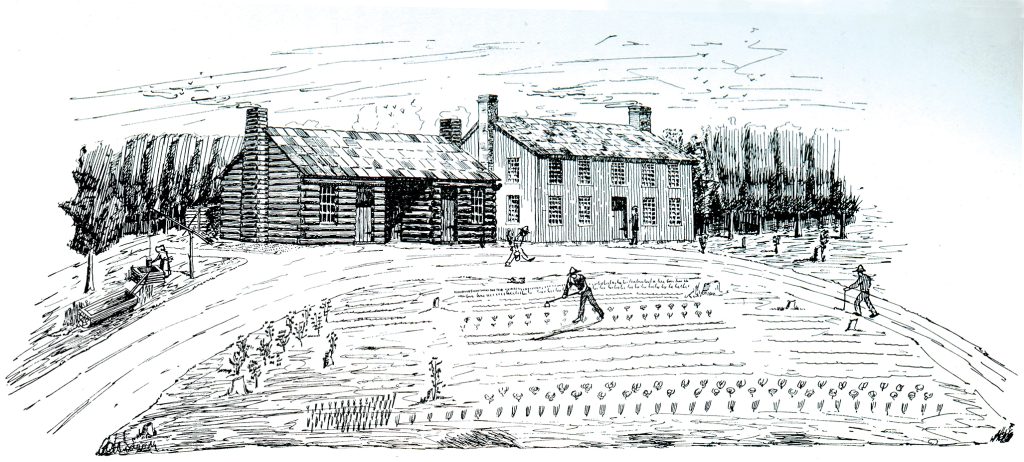
Second County House
A new two story wooden dormitory building was erected behind the log cabin for the inmates, and the cabin became the keeper’s house. (The word “inmates” was what all persons at the county house were called, it has nothing to do with being a prisoner as we think today) The “Keeper” was an appointed county official, but had no medical or care training, they were just average farmers who were interested in a position. Often their wives, kids and an attendant or two would help care for the inmates.
In April 1839 the first 35 people were transferred from Detroit out to the new County House, but 111 refused to go to the awful wilderness. This area really was the wilderness back then, as Wayne only had about 10 families and was the only “town” nearby. The trip also took nearly a whole day from Detroit via the muddy and unpaved Chicago Road, with many of them being forced to walk if they could.
The idea to move the county house out to Nankin was also a result of the “out of sight out of mind” attitude towards poor, disabled or insane persons at the time. People did not want to see beggars on the streets, so they would be rounded up and sent to the county house. Pushing it far outside the city ensured the citizens would never have to see or deal with these people again. Check in next month for the continuation.


